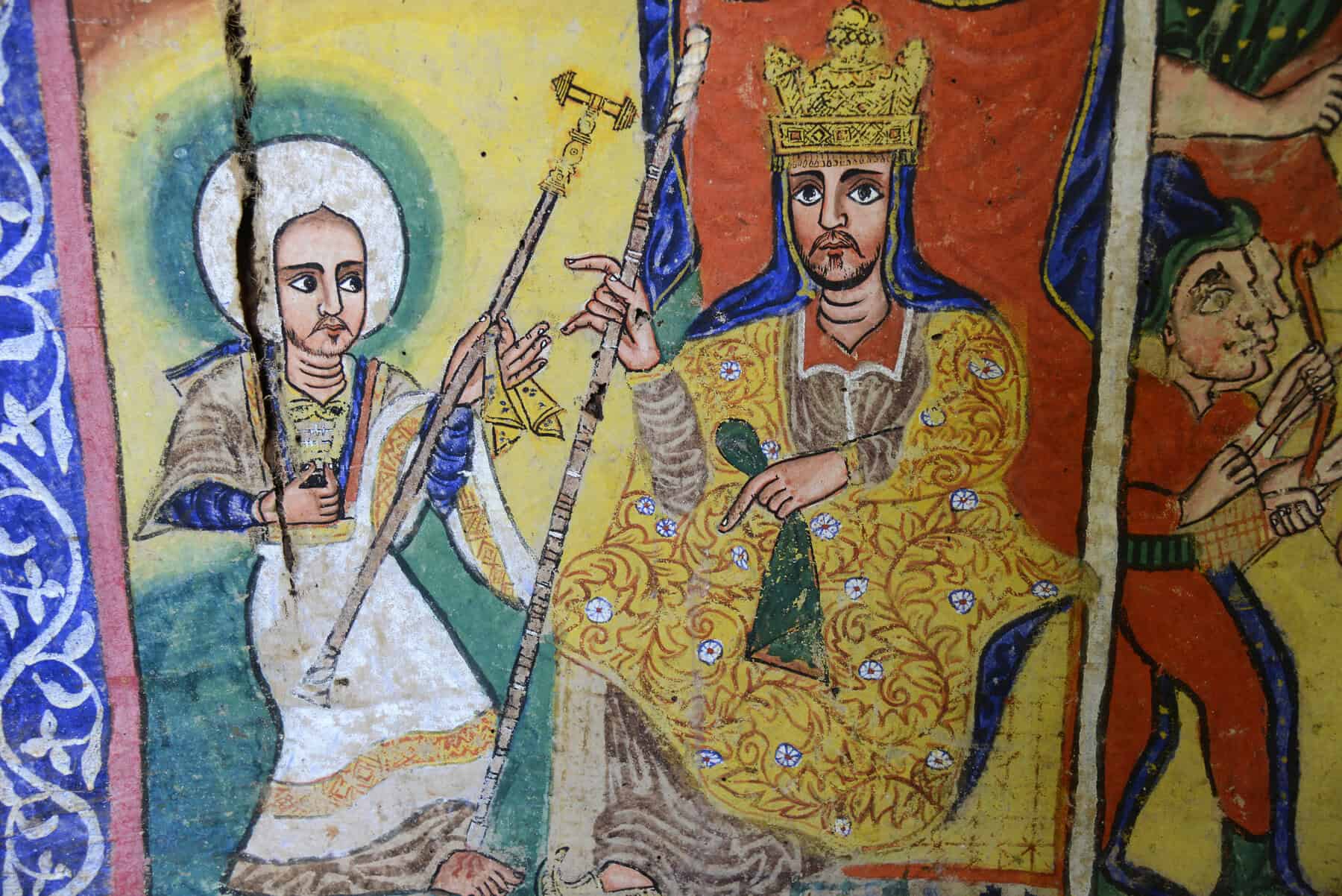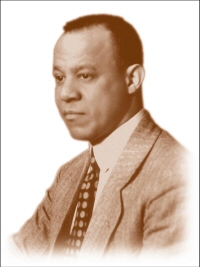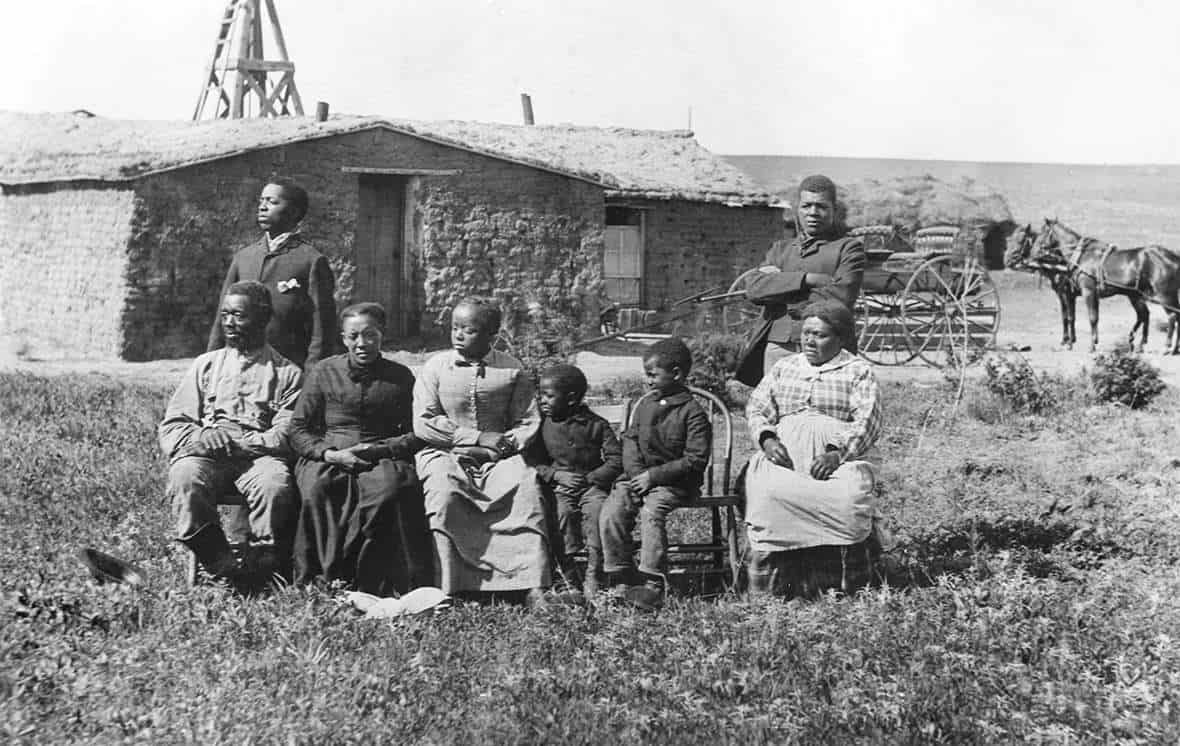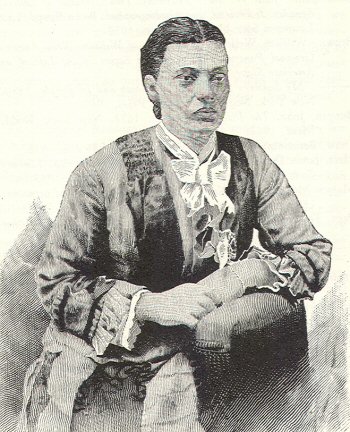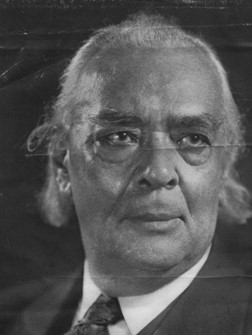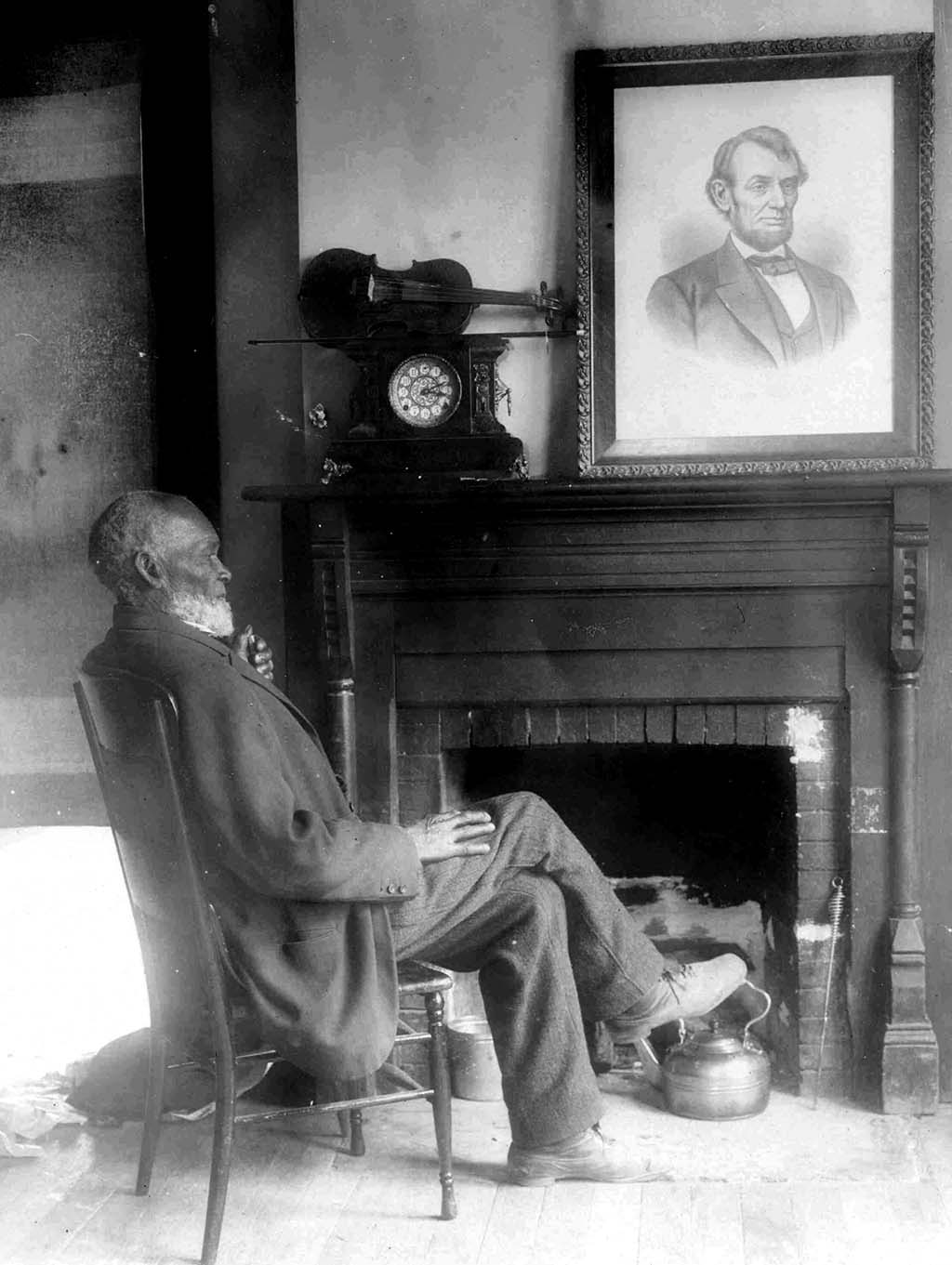King Ezana of Axum, the monarch of the Kingdom of Aksum (Now Ethiopia) from 320’s-360 CE, was credited with embracing Christianity and making it the official state religion. With that decision, Aksum/ Ethiopia became the oldest continuously Christian state in the world.
Ezana’s birth date and early life are unknown. His parents, however, were Ella Amida (King Ousanas), who was the prior monarch of the Kingdom of Axum and Queen Sofya. King Ousanas died in 320 CE and Ezana became the new king. Ezana’s mother, Queen Sofya, was determined to have her son acquire a good education to prepare him for the obligations of royalty. She sought a tutor for Ezana named Frumentius, a Greek Christian missionary, who would later become the first bishop of Axum. Over time Ezana and Frumentius would become close friends as the Greek missionary mentored Ezana into adulthood and introduced him to Christianity. Ezana converted to Christianity around 324 CE.
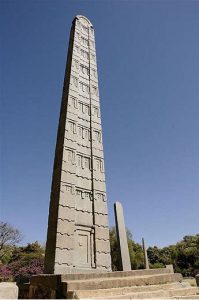
King Ezana Stele in Axum, Ethiopia (lookphotos.com)
During his reign, Ezana launched several military campaigns against the Nubians in Meroe, their capital city. Meroe is located in what is now Sudan. In each of these campaigns, he built monuments where he recorded his conquests in his inscriptions. Evidence of this can be seen on a pair of inscriptions on a stele monument in Ge’ez, a South Semitic language that would eventually evolve into the language of modern Ethiopia. Historians have debated whether the inscriptions are correct in that they told of Axum destroying the Kingdom of Meroe while others have claimed the real cause of the fall of Meroe was internal economic and political decline.
The Ezana Stone is an 4th Century ancient stele in Axum which documents the conversion of Ezana to Christianity and his conquest of various neighboring areas including Meroe. Axum minted coins during Ezana’s rule which became the official currency of the kingdom, but they were inscribed in Greek with the words ΤΟΥΤΟ ΑΡΕΣΗ ΤΗ ΧΩΡΑ (“May this please the country”).
Another 4th Century obelisk called King Ezana’s Stele is located in Axum which is now in the Tigray Region of contemporary Ethiopia. That obelisk shows Ezana and Frumentius as determined to spread the Christian faith across the Kingdom. In 330 CE, Frumentius traveled north to Alexandria, Egypt where he met with Athanasius I of Alexandria, who at the time led the largest Christian state in Africa. Frumentius persuaded Athanasius to send a Christian bishop to Axum to strengthen Christianity in the region. Athanasius named Frumentius the first Bishop of Axum, giving him permission to build a church in the Kingdom. Frumentius returned and with Ezana’s permission, constructed Mary of Zion (Now Church of Our Lady, Mary of Zion). The church would have enormous cultural and political significance as all future rulers of Ethiopia would be crowned there. Frumentius also erected as the first Christian monastery in the region, Dabba Selema.
During the remainder of Ezana’s reign, the Christian king established 44 churches across Axum. Ezana died around 360 CE and is buried beneath the King Ezana Stele. After Ezana’s death, Christianity would spread across what is now Ethiopia. It would be the only Christian kingdom to survive the spread of Islam across the Middle East and North Africa in the 7th century. Axum and later Ethiopia also became the basis for the legend of Prester John.

